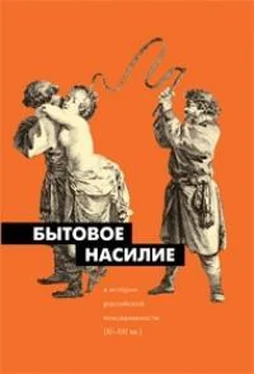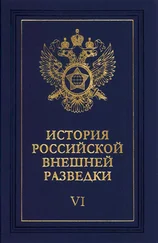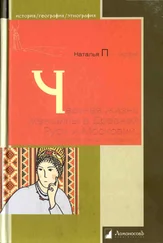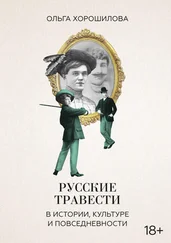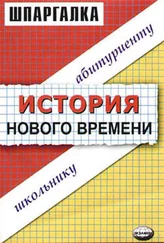Родительские установки и дисциплинарные практики россиян сплошь и рядом не совпадают друг с другом, причем и тс и другие весьма разнообразны.
Гендерные различия в России практически те же, что и в странах Запада. Матери телесно наказывают детей чаще, чем отцы, зато отцы делают это более сурово, с применением каких-то орудий (порка ремнем против шлепанья). Мальчиков, по-видимому, порют больше, чем девочек, но это не является общим правилом, различия здесь скорее качественные, нежели количественные.
Хотя и родители, и дети считают телесные наказания средством воспитания, нередко они оказываются проявлением садистских наклонностей и/или способом эмоциональной разрядки взрослых, а некоторые поротые дети навсегда сохраняют пристрастие к спанкингу.
Доказательной макросоциальной статистики степени распространенности и психологических последствий телесных наказаний детей в России нет. К тому же вся проблема крайне политизирована и идеологизирована. Чтобы совершенствовать российское законодательство, помочь людям осознать издержки традиционных педагогических практик и обеспечить безопасность и благополучие детям, необходимы дальнейшие исследования темы и уточнение, на базе международного опыта, ее концептуального аппарата.
Natalia Pushkareva
History of shaming punishments for women: sources and consequences of gender asymmetry in Russian everyday life (11th—19th centuries)
The most obvious inequality between men and women in Russian traditional culture can be seen in the systematic discrimination and subordination of unmarried girls and married women in practices of disgracing (shaming or opprobrious) punishments for them. Shame was the most painful emotion in the Russian culture that had solid ties with its other special features as communitarianism, Orthodox basis etc. During Early Modern and Modern History (in Russia — from the late 15th to the 19th cc.) the primary basis for discrimination in private law (as it seen in normative documents, but especially in customary law) was that of gender. Comparing the documents of different Russian regions, one can expertise the practices of using shame as punishment, showing how ethnic culture, class (especially peasants), and gender intersected and helped to determine the experiences of those who were either recipients of punishment (women), or who determined the nature of punishment in the country (in the 19th c. — men only).
There is little analysis of who becomes a target of punishment and how gender, ethnic culture and class shape the views and objectives of administrators and the perceived suitability of certain interventions. Feminist historical analyses — that isn’t possible dismiss or ignore studying Russian history of shaming punishments for women — illustrate the perpetuation of not only punitive and coercive disciplinary power, but also the reproduction of certain configurations of power among and between class, Russian popular culture and gender, as well as sources and consequences of gender asymmetry in the Russian traditional and written right (mostly 19th, but also 20th c.).
Marianna Muravyeva
Everyday practices of violence: spousal violence in the Russian families of the 18lh century
The chapter examins the notions and concepts of spousal violence in the 18th century Russia contextualized through the framework of redefining public vs private in early modem Russian society. Through the examination of court cases spousal violence is highlighted as a highly gendered phenomenon at the very heart of the Russian patriarchal society. Court cases prove that spousal violence, often followed by sexual and other forms of abuse, was experienced by women of all social groups, and was used a tool of discipline and submission to the male authority. However, in their turn women used all possible legal and extralegal means to fight it that suggests that they would not tolerate beatings as «normal» practice contrary to the assumptions made by many specialists. Overall, Russian women widely participated in the legal proceedings over domestic violence cases making thus their way into public sphere and influencing legal practices.
Dmitrii and Irina Mikhel
The attitudes of Russian educated society to infanticide (second half of 19lh— early 20,h centuries)
The article deals with discussions of infanticide within educated and professional groups of Russian post-reform society. Infanticide became a complex social problem in the eyes of various groups of practitioners, that is lawyers, educators, social workers, medical doctors and journalists. ЛИ these groups offered their own discourses on “dcviancy,” “biology” and “gender” within their own professional frameworks in relation to social reformism and activism. Their publications reveal treatment of infanticide as a “social problem,” pathologicd by doctors, which contributed to further biologization of women and appealed to bio-dctcrminist approaches taken by many to explain deviance and crime.
Veronika Shapovalova Sisters, Moms, Broads: the Theme of Violence in Women’s Memoirs of the Gulag
In this article, 1 explore how women describe violence and aggression in the gulag. Women were inseparable part of the gulag. The Soviet apparatus of repression never targeted women specifically. Rather women were among the enemies of the state, common criminals, and class enemies. In 1937, a new category of criminal status was formulated by the Soviet state: the wives of traitors to the Motherland were to be repressed — that is, interned in camps for terms of between five and eight years. Hereafter, the formula “wife of a traitor to the Motherland” was applied regardless of a woman’s social position or occupation. This formula testified to the real stale of affairs in the country that had officially declared the equality and independence of women. In this sense, the Soviet state continued to define women as appendages to their husbands. Gulag was a reflection of the Soviet state as a whole. Men and women were declared equal in “the big zone” and in “the small zone.” In the gulag, men and women were equally exposed to physical and moral violence. However, women were subjected to specific gender related violence, to tortures meant especially for women. Menstruation, pregnancy, abortion, motherhood were used against women not only to make them compliant with the prison/camp administration, but also for personal entertainment of other prisoners. The crimes against women have never been exposed and brought to trial.
Igor Kon
Читать дальше
